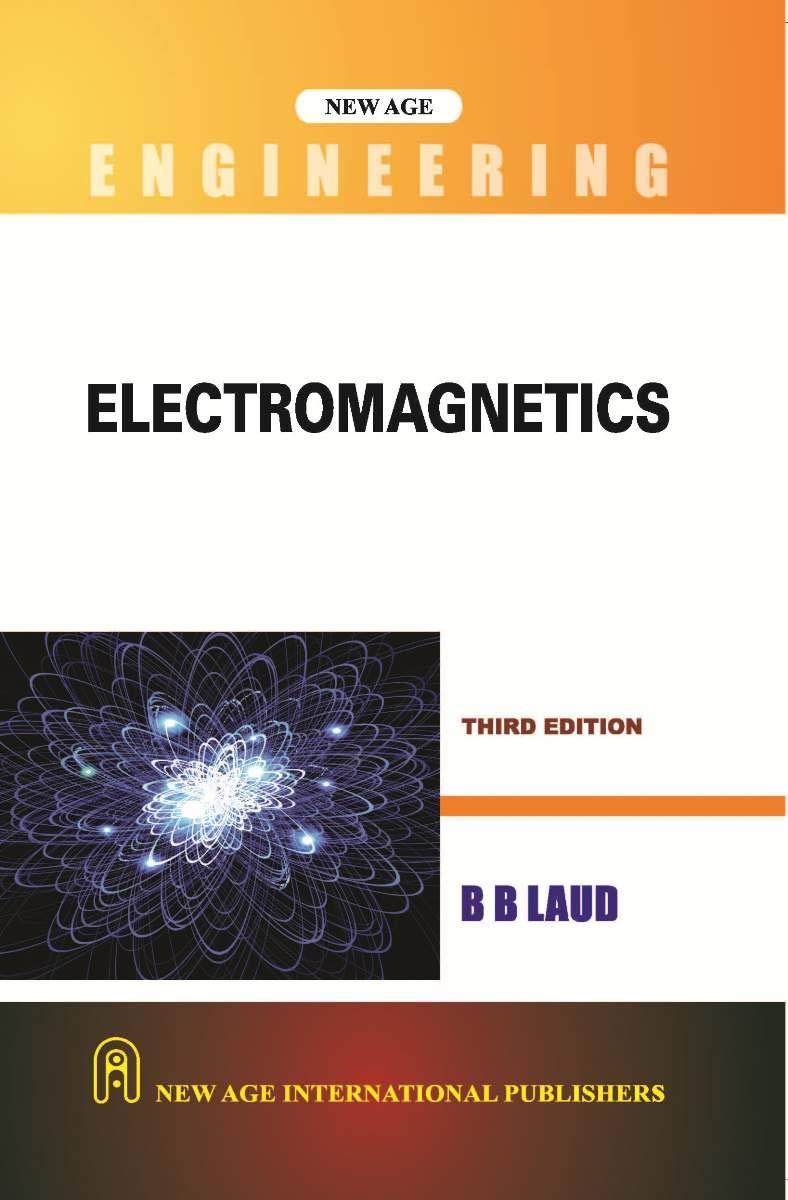Question
Saved Listen What is the standard unit of mass used by the scientific community? Question 1 options: gram centigram milligram kilogram Question 2 (3 points)
Saved
Listen
What is the standard unit of mass used by the scientific community?
Question 1 options:
gram | |||||||||||||||||||||||||||||||||||||||||||||||||||||||||||||||||||||||||||||||||||||||||||||||||||||||||||||||||||||||
centigram | |||||||||||||||||||||||||||||||||||||||||||||||||||||||||||||||||||||||||||||||||||||||||||||||||||||||||||||||||||||||
milligram | |||||||||||||||||||||||||||||||||||||||||||||||||||||||||||||||||||||||||||||||||||||||||||||||||||||||||||||||||||||||
| kilogram Question 2 (3 points) Which of the following expressions correctly defines a Newton, the standard unit of force used by the scientific community? Question 2 options:
|
Step by Step Solution
There are 3 Steps involved in it
Step: 1

Get Instant Access to Expert-Tailored Solutions
See step-by-step solutions with expert insights and AI powered tools for academic success
Step: 2

Step: 3

Ace Your Homework with AI
Get the answers you need in no time with our AI-driven, step-by-step assistance
Get Started


